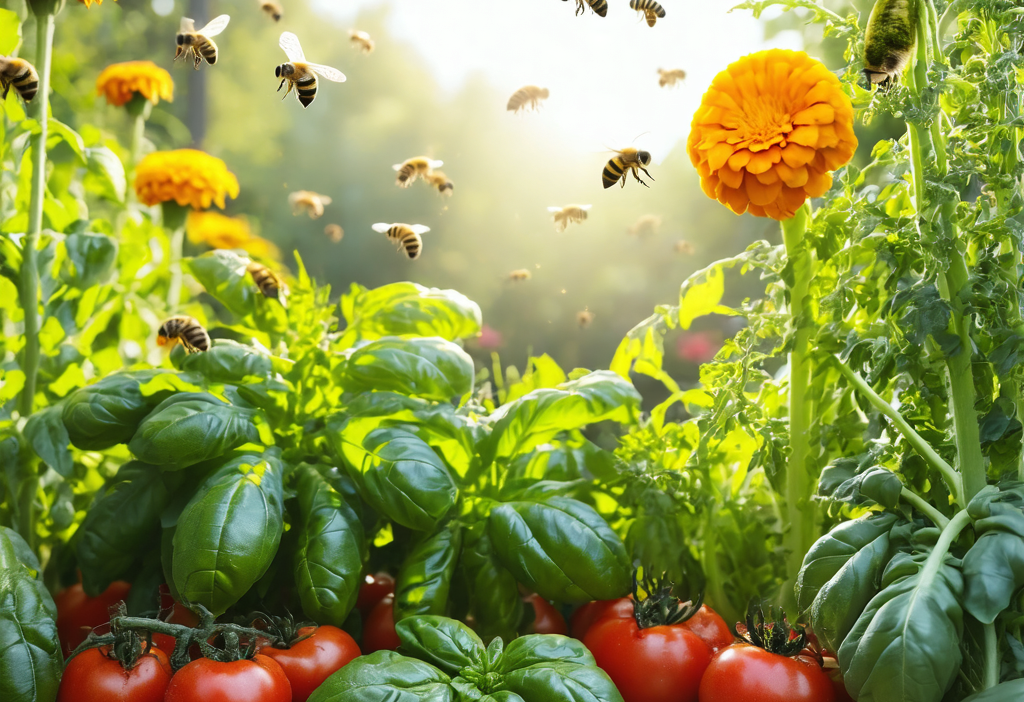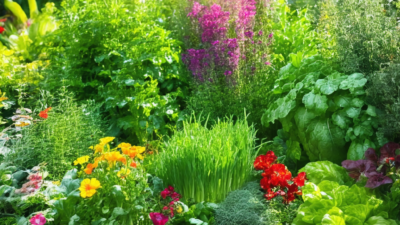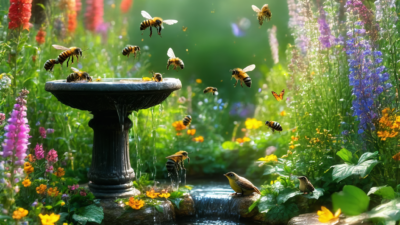Discover the Secret to a Thriving Garden: The Art of Companion Planting
Gardening is more than just planting seeds and waiting for results. It’s about creating a harmonious ecosystem where plants support each other, deter pests naturally, and enhance soil health. This is where companion planting comes into play—a time-tested technique that has been used by gardeners for centuries to maximize yields and create balanced, resilient gardens.
What Exactly is Companion Planting?
Companion planting is the practice of growing different plants together in a way that benefits both. It’s not just about aesthetics; it’s about functionality. For example, some plants repel pests that might harm their neighbors, while others attract beneficial insects like bees and ladybugs. This symbiotic relationship can lead to healthier plants, fewer pest problems, and higher yields.
Why Should You Try Companion Planting?
If you’re wondering why you should give companion planting a try, here are some compelling reasons:
- Natural Pest Control: Many plants release chemicals that repel pests. For instance, marigolds are known to deter nematodes and aphids.
- Improved Soil Health: Some plants, like legumes, fix nitrogen in the soil, making it available for other plants to use.
- Better Pollination: Flowers like calendula attract pollinators, which can improve the yield of your vegetables.
- Space Efficiency: Companion planting allows you to make the most of your garden space by growing complementary plants together.
Popular Companion Planting Combinations
Let’s dive into some tried-and-true companion planting combinations that can work wonders in your garden:
The Three Sisters: Corn, Squash, and Beans
This classic combination is a prime example of how plants can support each other. The corn provides structure for the beans to climb, while the beans fix nitrogen in the soil, benefiting all three crops. The squash acts as a natural mulch, retaining moisture and suppressing weeds.
Basil and Tomatoes
Basil is not only a delicious herb but also an excellent companion for tomatoes. It repels pests like aphids and whiteflies while enhancing the flavor of your tomatoes. Plus, the flowers attract beneficial insects to keep your garden balanced.
Nasturtiums and Cabbage
Nasturtiums are a beautiful way to protect your cabbage from pests like aphids and cabbage moths. Their bright blooms also add a pop of color to your garden, making it more inviting for pollinators.
Tips for Successful Companion Planting
Ready to give companion planting a try? Here are some tips to help you get started:
- Plan Ahead: Research which plants work well together and map out your garden layout accordingly.
- Mix Flowers and Vegetables: Don’t be afraid to interplant flowers with vegetables. They can serve dual purposes of beautifying your space and supporting your crops.
- Pay Attention to Growth Habits: Make sure the plants you choose have compatible growth habits, such as height and spread.
- Experiment and Observe: Every garden is unique, so don’t be afraid to experiment and see what works best for you.
Avoid These Common Mistakes in Companion Planting
While companion planting can be incredibly rewarding, there are a few mistakes to avoid:
- Overcrowding: Just because plants work well together doesn’t mean they should be planted on top of each other. Give them enough space to grow.
- Ignoring Sun and Shade Requirements: Make sure the plants you choose have similar sunlight needs. Otherwise, one plant might outcompete the other for light.
- Not Rotating Crops: Even with companion planting, it’s important to rotate your crops annually to maintain soil health and prevent pests from building up.
Get Started on Your Companion Planting Journey Today!
Companion planting is a fun and rewarding way to create a more sustainable, productive garden. By choosing the right combinations of plants, you can reduce pest problems, improve soil health, and enjoy a bountiful harvest. Whether you’re a seasoned gardener or just starting out, there’s no better time to give companion planting a try.
Remember, gardening is as much about learning and experimentation as it is about getting your hands dirty. So don’t be afraid to mix things up and find what works best for your unique garden space. Happy planting!





